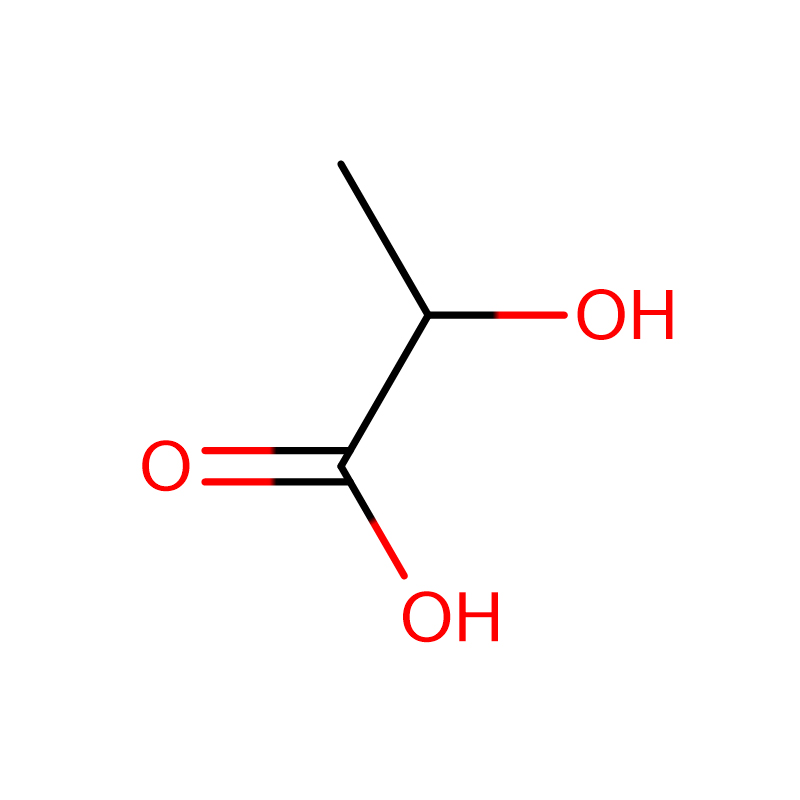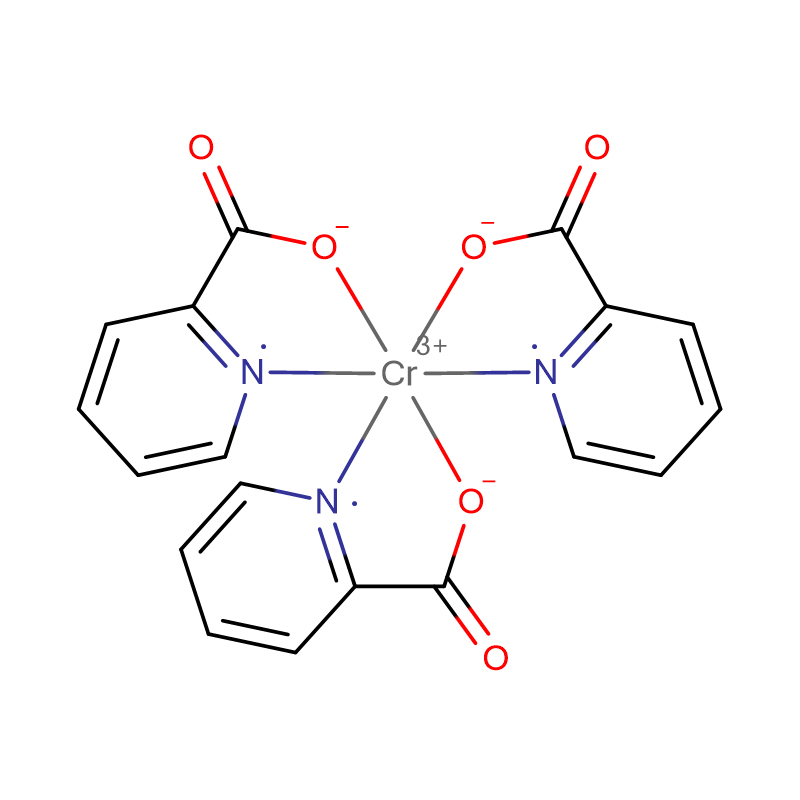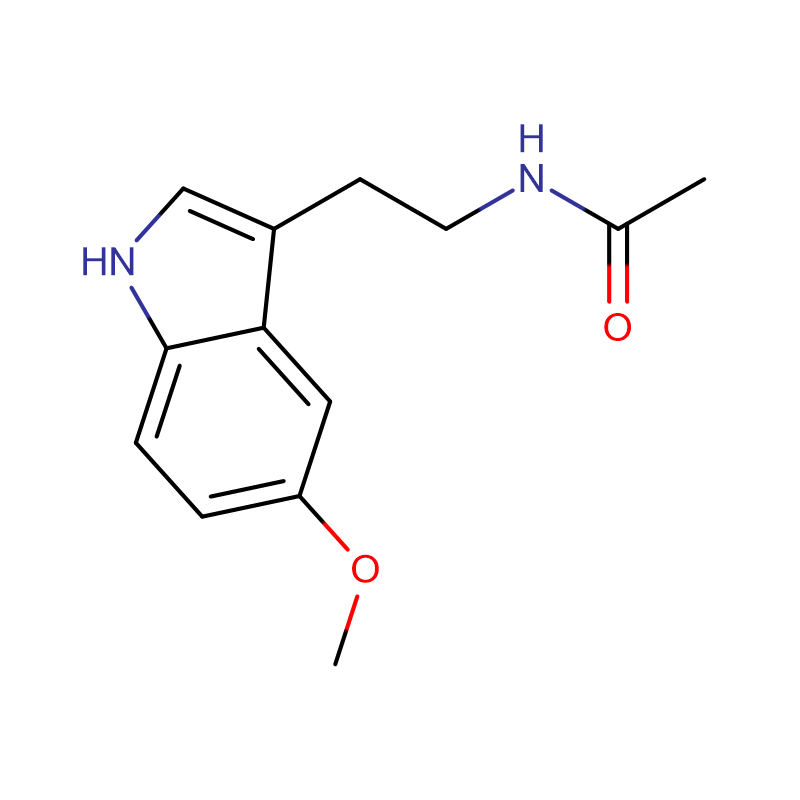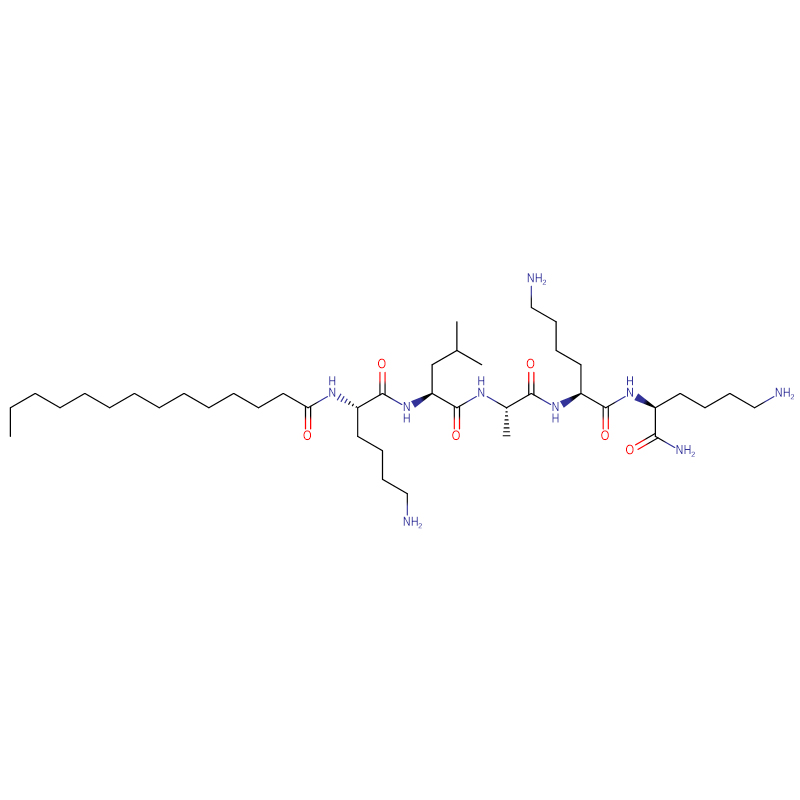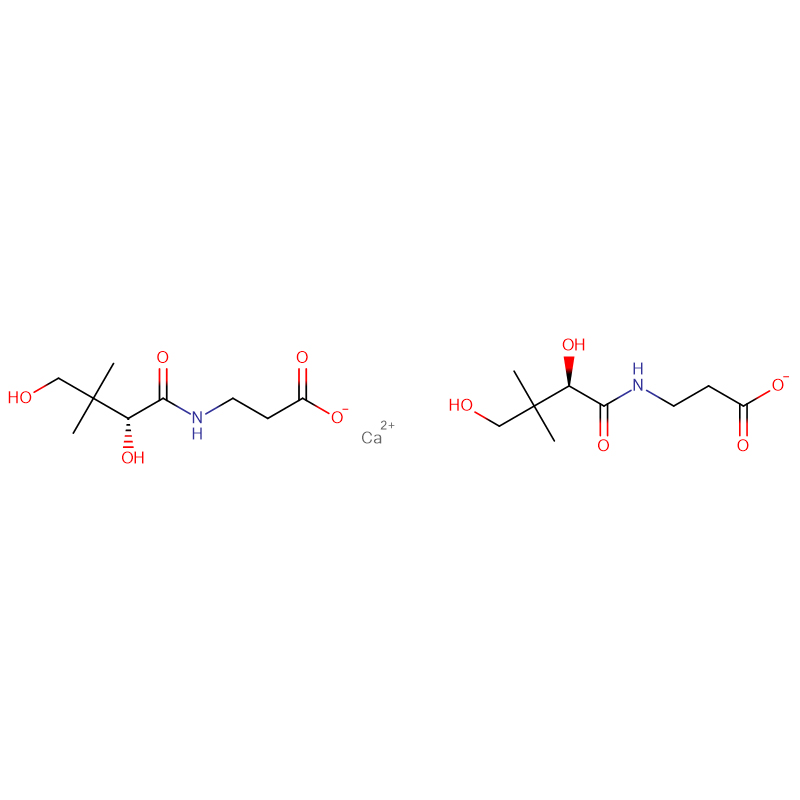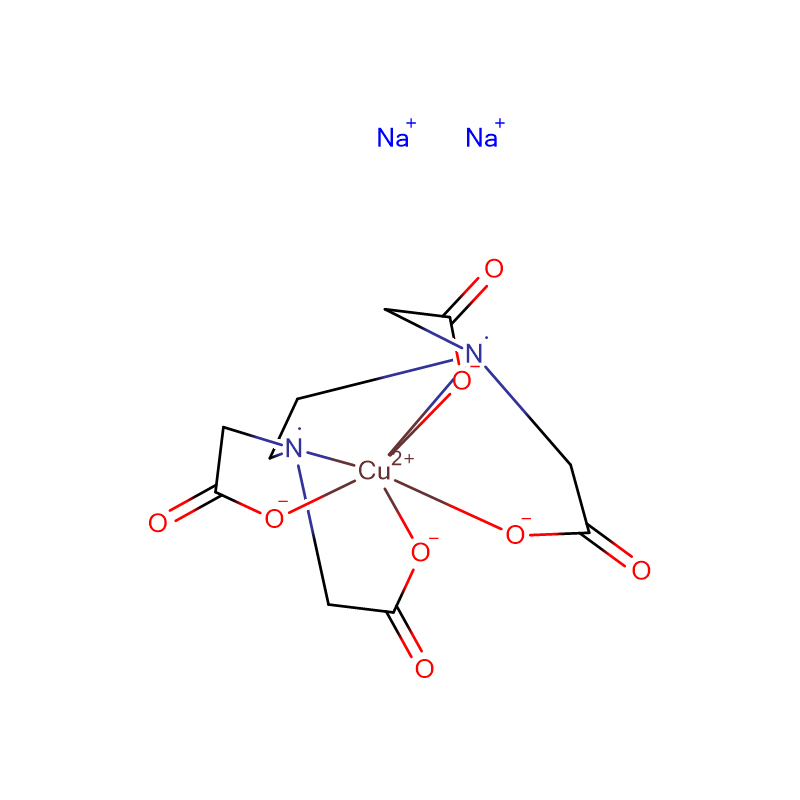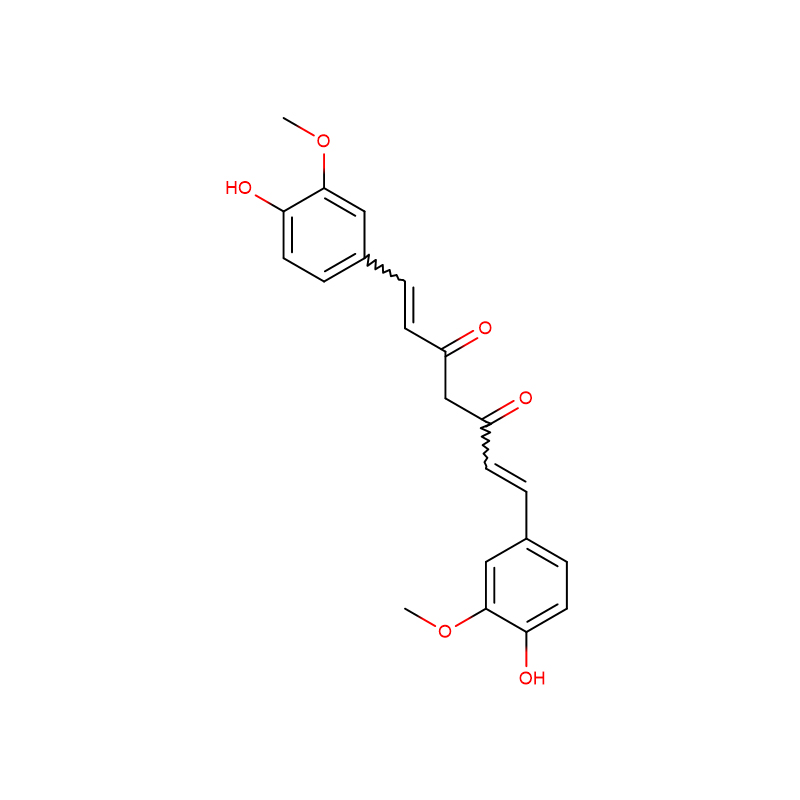Lactic Acid Cas: 50-21-5
| Catalog Number | XD92000 |
| Product Name | Lactic Acid |
| CAS | 50-21-5 |
| Molecular Formula | C3H6O3 |
| Molecular Weight | 90.08 |
| Storage Details | 2-8°C |
| Harmonized Tariff Code | 29181100 |
Product Specification
| Appearance | White powder |
| Assay | 99% min |
| Melting point | 18°C |
| alpha | -0.05 º (c= neat 25 ºC) |
| Boiling point | 122 °C/15 mmHg (lit.) |
| density | 1.209 g/mL at 25 °C (lit.) |
| vapor density | 0.62 (vs air) |
| vapor pressure | 19 mm of Hg (@ 20°C) |
| refractive index | n20/D 1.4262 |
| Fp | >230 °F |
| solubility | Miscible with water and with ethanol (96 per cent). |
| pka | 3.08(at 100℃) |
| Specific Gravity | 1.209 |
| Water Solubility | SOLUBLE |
Lactic acid (sodium lactate) is a multi-purpose ingredient used as a preservative, exfoliant, moisturizer, and to provide acidity to a formulation. In the body, lactic acid is found in the blood and muscle tissue as a product of the metabolism of glucose and glycogen. It is also a component of the skin’s natural moisturizing factor. Lactic acid has better water intake than glycerin. Studies indicate an ability to increase the water-retention capacity of the stratum corneum. They also show that the pliability of the stratum corneum layer is closely related to the absorption of lactic acid; that is, the greater the amount of absorbed lactic acid, the more pliable the stratum corneum layer. Researchers report that continuous use of preparations formulated with lactic acid in concentrations ranging between 5 and 12 percent provided a mild to moderate improvement in fine wrinkling and promote softer, smoother skin. Its exfoliating properties can help in the process of removing excess pigment from the surface of the skin, as well as improving skin texture and feel. Lactic acid is an alpha hydroxy acid occurring in sour milk and other lesser-known sources, such as beer, pickles, and foods made through a process of bacterial fermentation. It is caustic when applied to the skin in highly concentrated solutions.
Lactic Acid is an acidulant that is a natural organic acid present in milk, meat, and beer, but is normally associated with milk. it is a syrupy liquid available as 50 and 88% aqueous solutions, and is mis- cible in water and alcohol. it is heat stable, nonvolatile, and has a smooth, milk acid taste. it functions as a flavor agent, preservative, and acidity adjuster in foods. it is used in spanish olives to prevent spoilage and provide flavor, in dry egg powder to improve disper- sion and whipping properties, in cheese spreads, and in salad dress- ing mixes.


